Tucked away in remote mountain ranges across the globe, some villages exist as if they’re living museums of bygone eras. These remarkable places have somehow escaped the rapid pace of modern development, preserving traditions, architecture, and ways of life that stretch back centuries. Whether it’s due to their isolation, the determination of their residents, or simply being overlooked by progress, these communities offer glimpses into how people lived generations ago.
Here is a list of 20 mountain villages where time seems to have stood still, each offering its unique window into the past.
Hallstatt, Austria
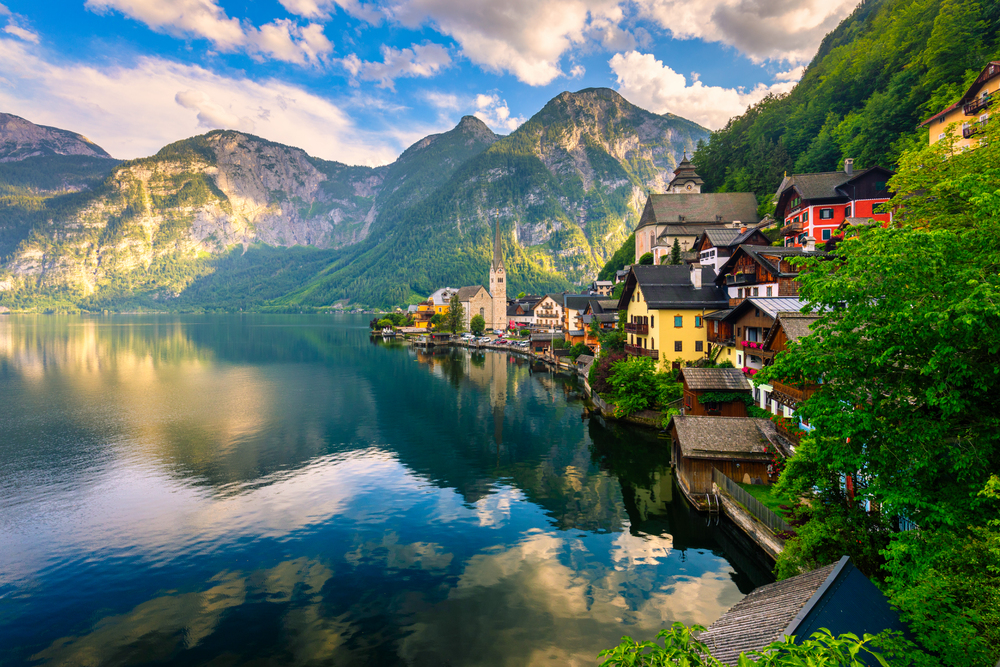
This lakeside village nestled in the Austrian Alps looks like something straight out of a fairy tale. The 16th-century alpine houses reflect perfectly in Lake Hallstatt, creating a scene so picturesque that Disney supposedly used it as inspiration for the town in “Frozen,” though Disney has never officially confirmed it.
With only 800 residents, Hallstatt has maintained its traditional salt mining heritage for over 4,000 years, making it one of Europe’s oldest continuously inhabited settlements.
Shirakawa-go, Japan
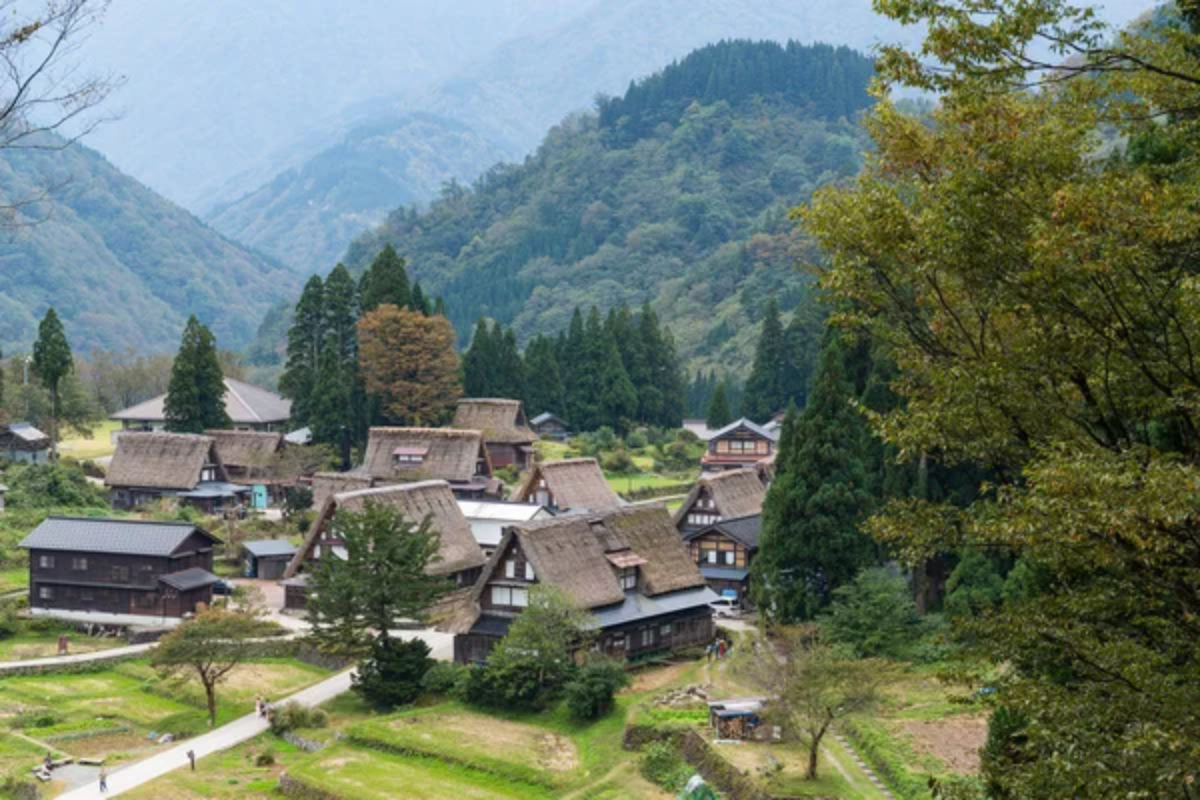
Hidden in the Japanese Alps, this UNESCO World Heritage site showcases traditional farmhouses with steep thatched roofs designed to shed heavy snow. The gassho-zukuri architecture dates back 250 years, and many of the wooden structures were built entirely without nails.
Families still reside in these ancestral homes, continuing the same rice farming and craft-making traditions that their great-grandparents practiced.
Like Travel Pug’s content? Follow us on MSN.
Ghandruk, Nepal
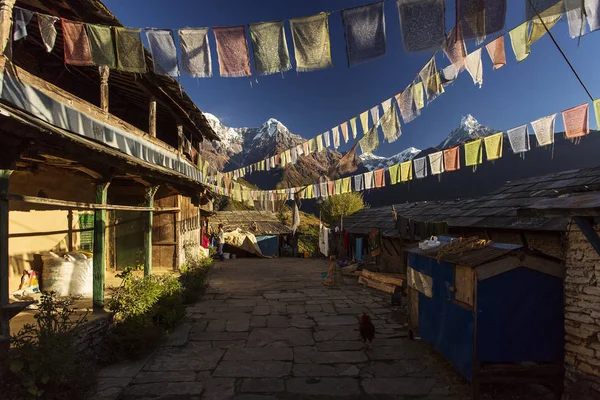
Perched on a hillside in the Annapurna region, this Gurung village offers stunning views of snow-capped peaks while maintaining its traditional stone houses and terraced fields. The village operates much like it did centuries ago, with locals still wearing traditional dress and practicing ancient customs.
Most visitors come for trekking, but many leave amazed by how little daily life has changed here over the generations.
Reine, Norway

This fishing village sits on the Lofoten Islands, where dramatic peaks rise directly from the Norwegian Sea. Red fishermen’s cabins called rorbuer line the water’s edge, many dating back to the 1800s when cod fishing was the village’s lifeblood.
Even today, the 300 residents continue to use traditional fishing methods, and the village retains a remarkably similar appearance to vintage postcards from a century ago.
Monsanto, Portugal
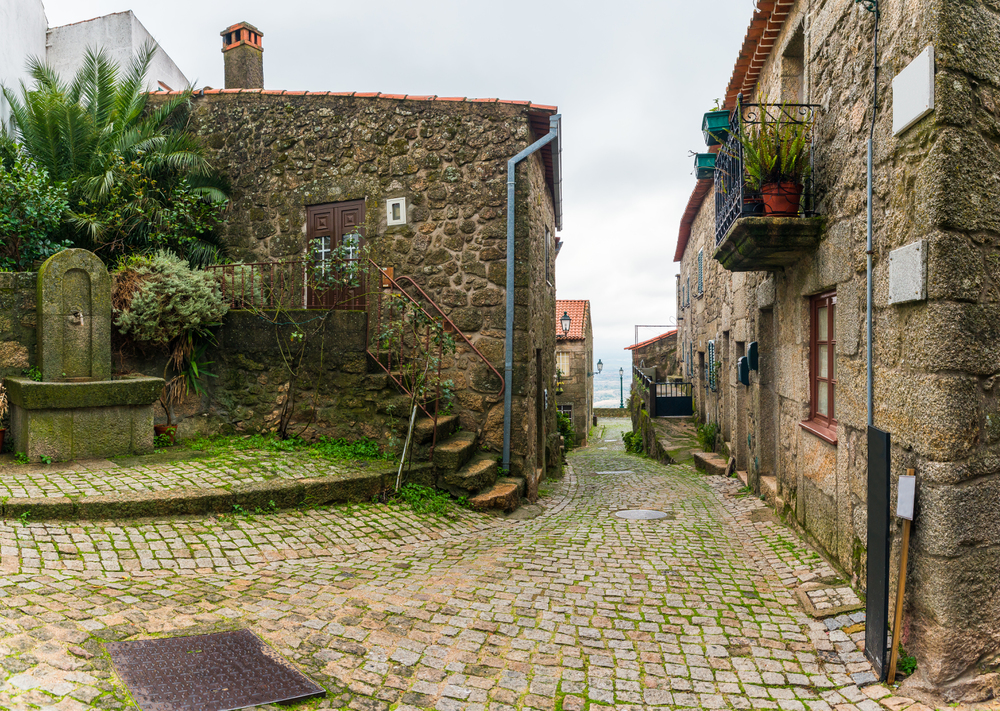
Built directly into massive granite boulders, this village earned the nickname ‘most Portuguese village in Portugal’ in a 1938 contest. The houses literally incorporate the giant rocks as walls and roofs, creating an otherworldly appearance that hasn’t changed much since medieval times.
Walking through Monsanto feels like exploring a Stone Age settlement, where ancient building techniques still make perfect sense.
Like Travel Pug’s content? Follow us on MSN.
Positano, Italy
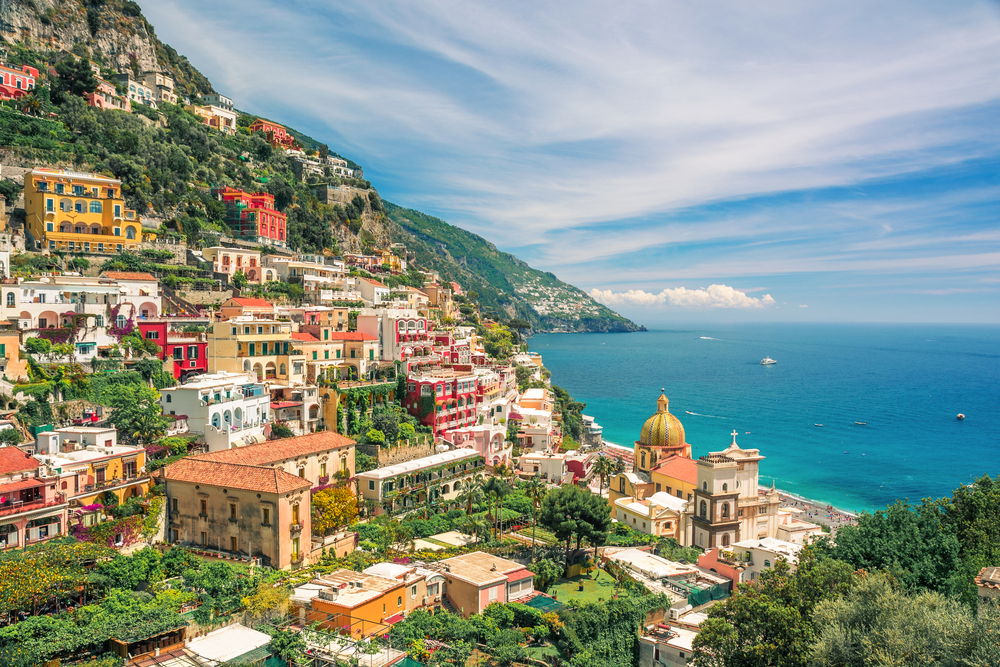
Cascading down cliffs toward the Mediterranean, this Amalfi Coast village maintains its traditional pastel-colored houses and narrow, winding streets. The town has resisted modern development pressures, keeping its authentic character intact since its days as a maritime trading post.
Local families still run the same shops and restaurants their ancestors established generations ago, creating an atmosphere that feels delightfully stuck in time.
Chefchaouen, Morocco
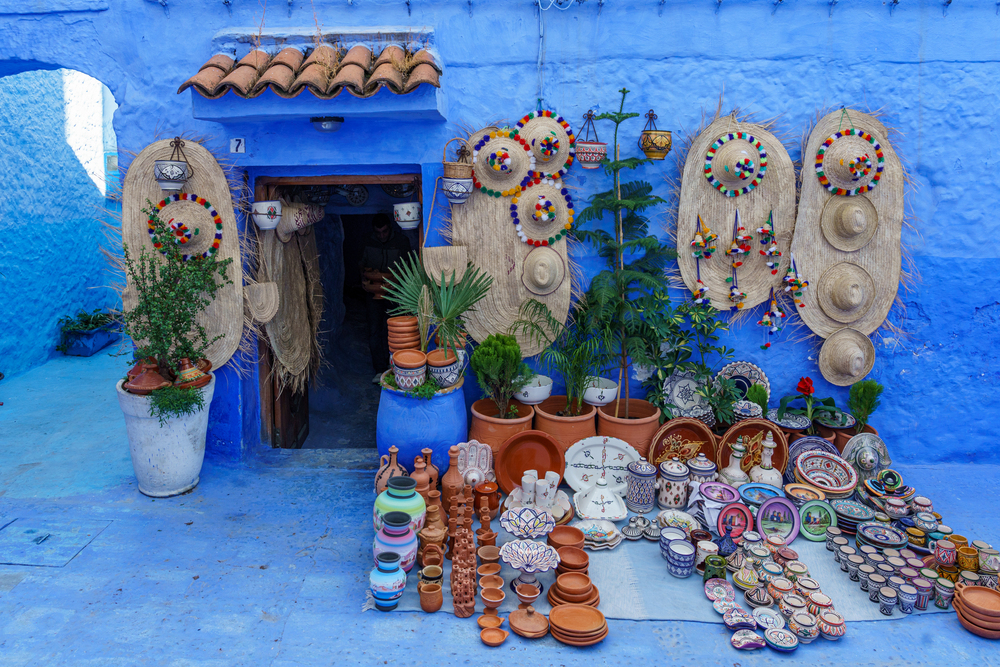
Known as the ‘Blue Pearl,’ this mountain town in the Rif Mountains features buildings painted in various shades of blue, a tradition that dates back to the 1930s. The narrow, cobblestone streets and traditional Moroccan architecture create an atmosphere that is almost dreamlike.
Local artisans continue practicing centuries-old crafts like weaving and pottery, selling their goods in the same small shops their families have operated for decades.
Gimmelwald, Switzerland
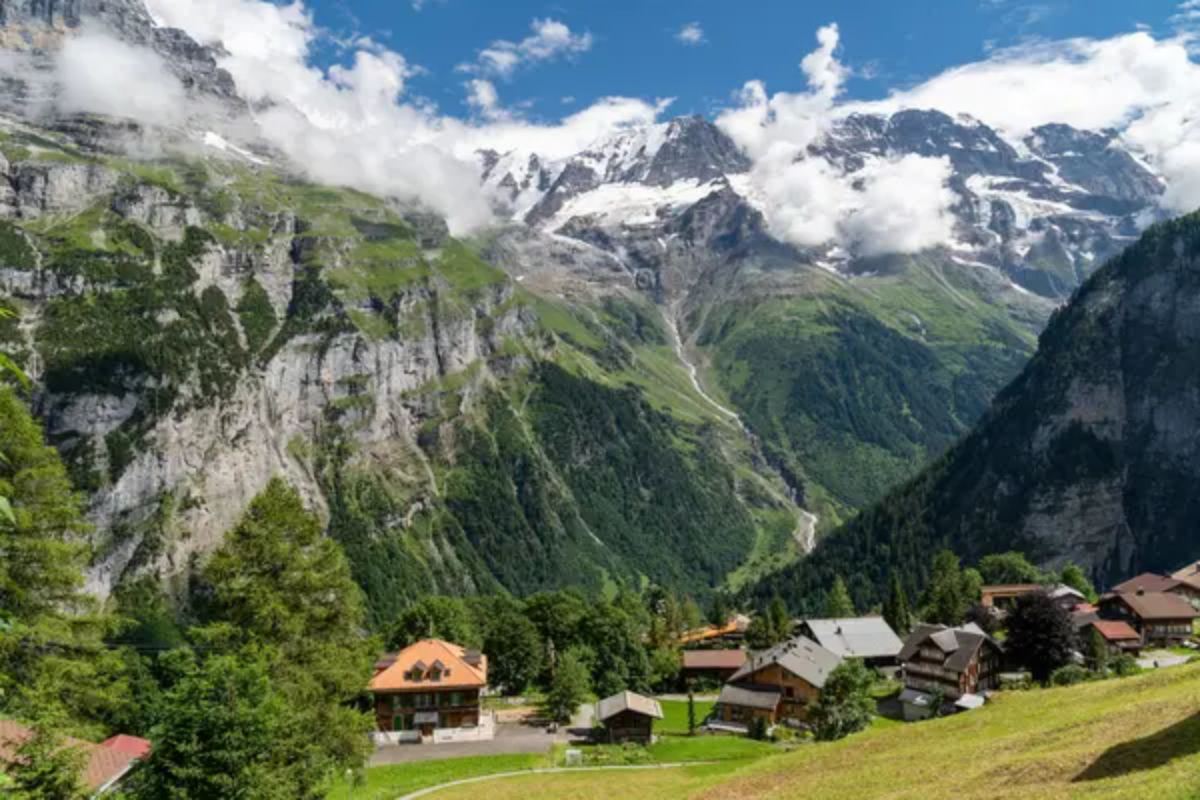
This tiny village in the Swiss Alps has deliberately avoided modernization, with locals voting against ski lift development to preserve their traditional way of life. Only about 130 people call this place home, living in centuries-old wooden chalets and maintaining small farms much like their ancestors did.
The village doesn’t even allow cars, making it feel like stepping back into Switzerland’s rural past.
Like Travel Pug’s content? Follow us on MSN.
Oia, Santorini, Greece
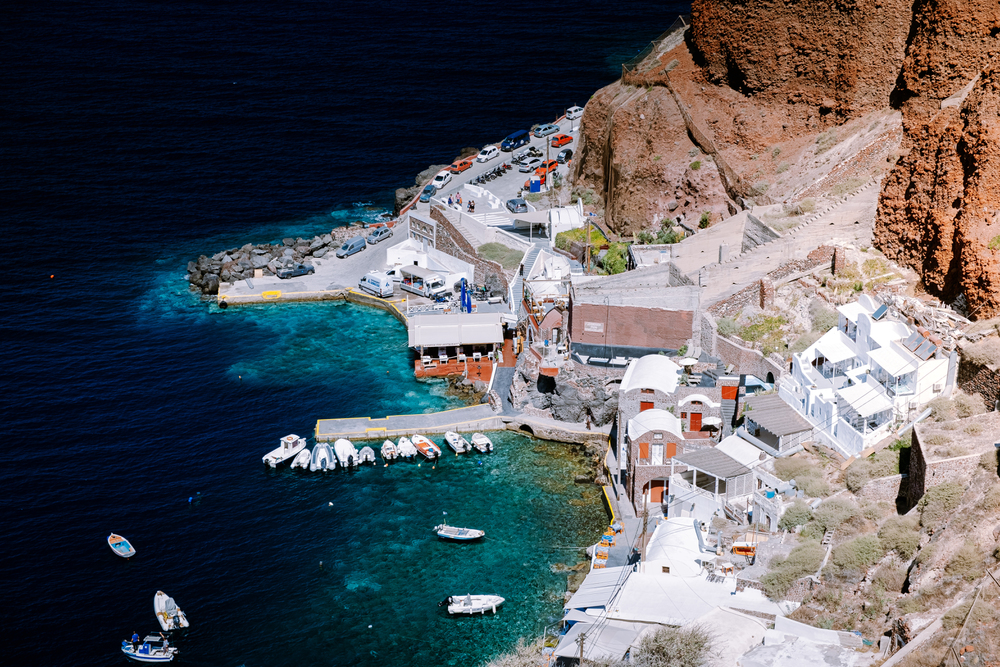
Famous for its white-washed buildings and blue-domed churches perched on volcanic cliffs, Oia has maintained its traditional Cycladic architecture for centuries. The village was largely abandoned after a devastating earthquake in 1956, but restoration efforts have faithfully recreated its historical appearance.
Today, it feels like a living postcard where traditional Greek island life continues much as it did generations ago.
Riquewihr, France
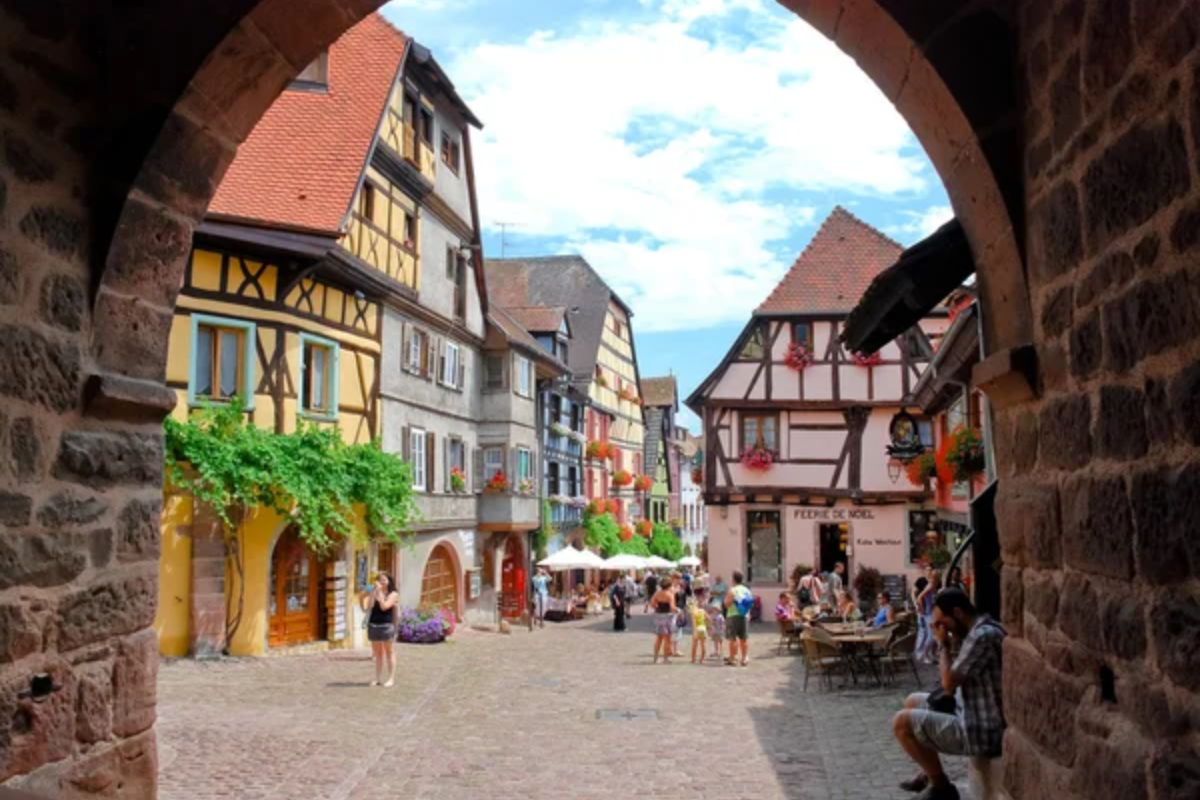
This medieval town in the Alsace region looks exactly like it did in the 16th century, with half-timbered houses lining cobblestone streets. The town walls and towers remain intact, and local families continue operating the same wine businesses their ancestors started hundreds of years ago.
Walking through Riquewihr feels like time travel, especially during the Christmas market when traditions dating back centuries come alive.
Taormina, Sicily, Italy
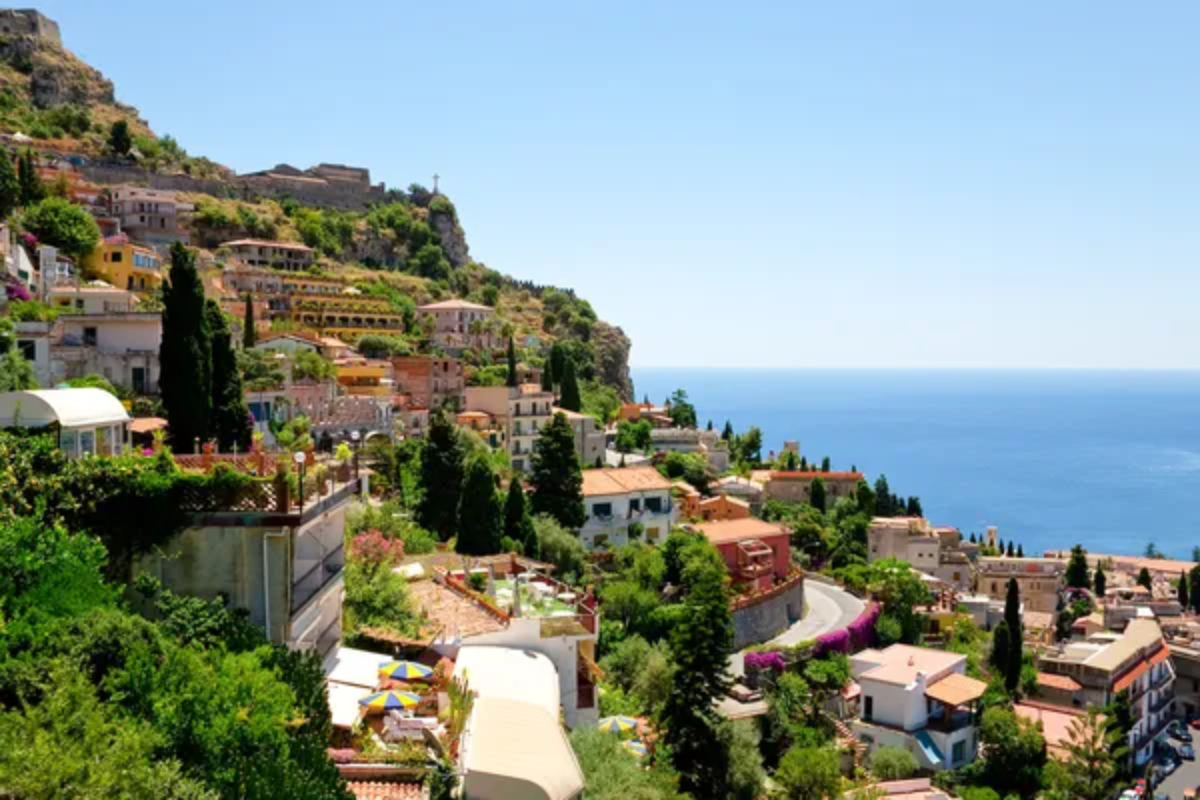
Perched high above the Mediterranean with Mount Etna as a backdrop, this ancient town has preserved its Greek and Roman heritage for over 2,000 years. The Teatro Greco still hosts performances just as it did in ancient times, and the medieval streets maintain their original layout.
Local families continue traditional crafts, such as ceramics and lace-making, passing down techniques unchanged through generations.
Like Travel Pug’s content? Follow us on MSN.
Rothenburg ob der Tauber, Germany
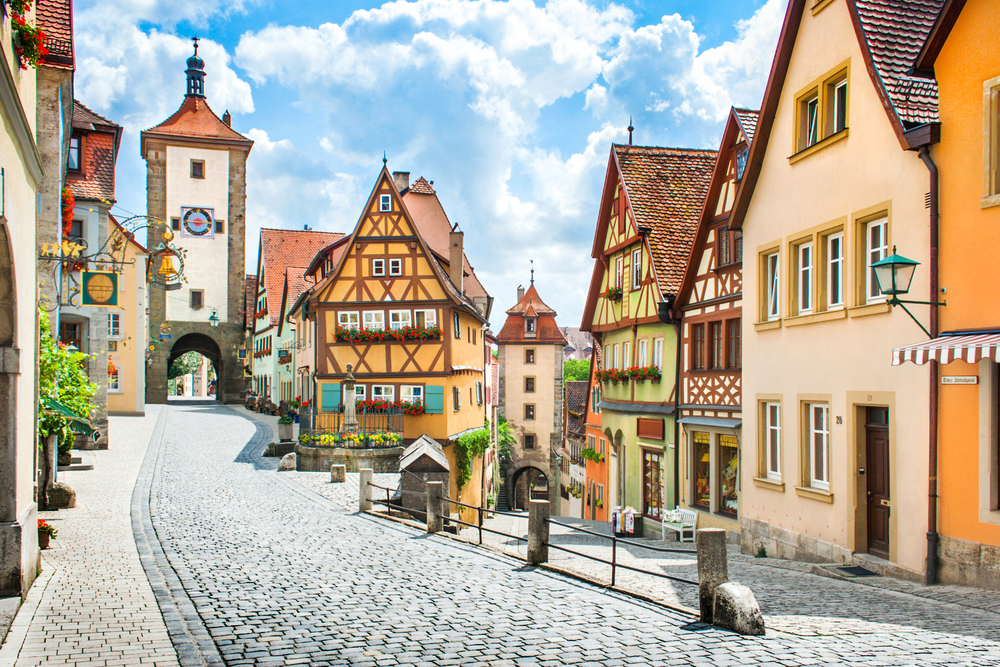
This walled medieval town survived both world wars remarkably intact, preserving its 14th-century appearance down to the smallest details. The night watchman still makes his rounds at 9:30 PM just like he has for centuries, and many buildings house the same businesses that families have operated for generations.
The town feels like a living museum where medieval German life continues authentically.
Albarracín, Spain

Built on red sandstone cliffs in Aragon, this pink-hued village maintains its medieval Moorish character with narrow, winding streets and traditional architecture. The ancient city walls still surround the historic center, and local families continue practicing traditional crafts like blacksmithing and pottery.
Time moves slowly here, where siesta traditions and evening strolls remain as important as they were centuries ago.
Banff, Canada

While technically a town, Banff feels like a mountain village frozen in the early 1900s, when it was established as Canada’s first national park. The Victorian-era architecture of the Banff Springs Hotel and downtown buildings maintains the area’s historical character.
Local traditions like mountaineering, hot springs visits, and wildlife watching continue much as they did when the Canadian Pacific Railway first brought visitors here over a century ago.
Like Travel Pug’s content? Follow us on MSN.
Zermatt, Switzerland
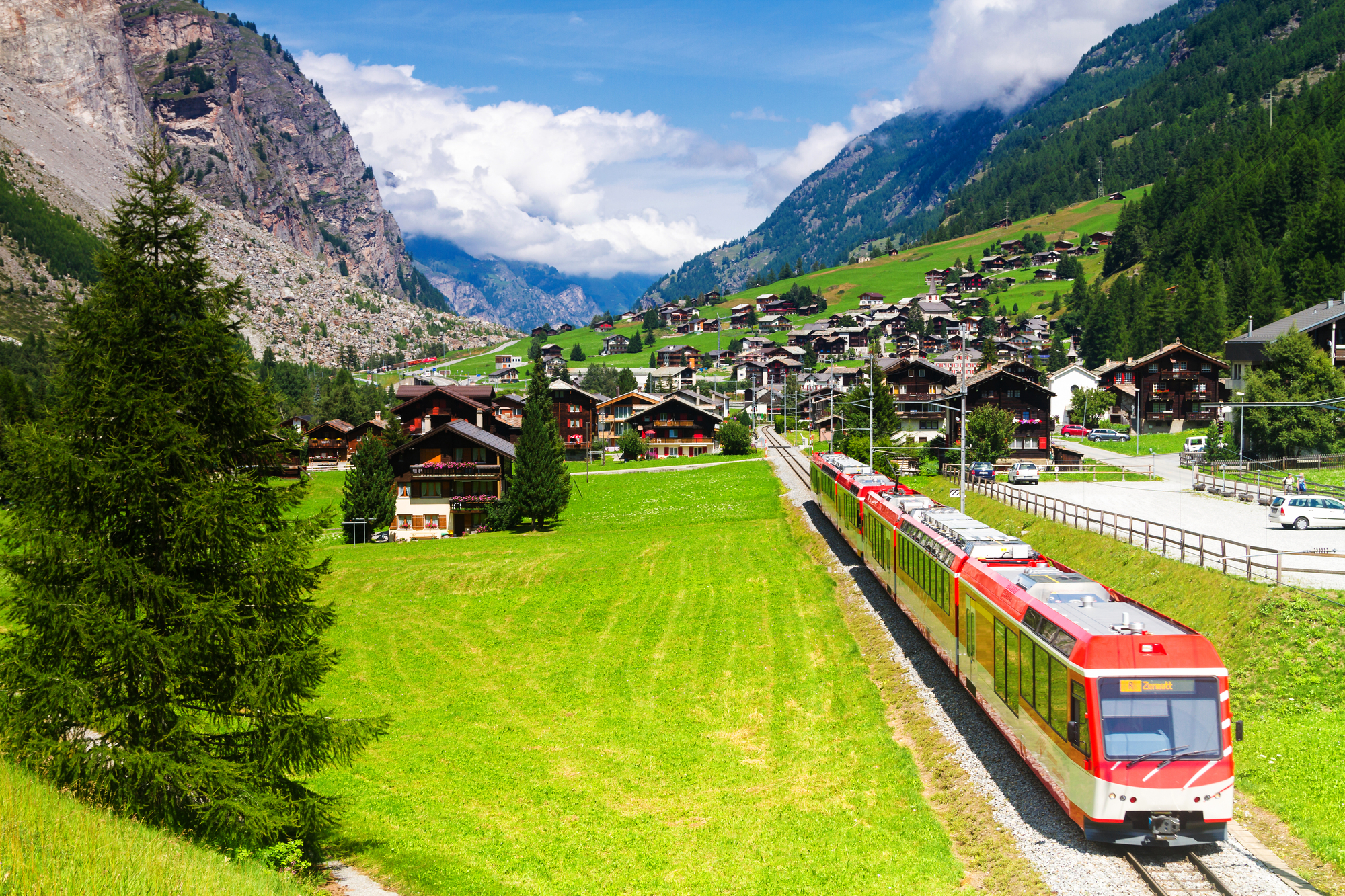
This car-free alpine village sits in the shadow of the iconic Matterhorn, maintaining traditions that date back to its origins as a farming and mountaineering community. Electric vehicles and horse-drawn carriages still provide transportation, just as they did decades ago.
The village has carefully preserved its traditional wooden chalets and farming heritage while continuing to honor the mountaineering culture that put it on the map.
Sintra, Portugal

Nestled in the Sintra Mountains near Lisbon, this romantic town preserves its 19th-century character with fairy-tale palaces and traditional quintas (estates). The microclimate creates a mystical atmosphere enhanced by ancient traditions and folklore that locals still embrace.
Walking through Sintra’s historic center feels like entering a Portuguese fairy tale where old customs and architectural styles remain beautifully preserved.
San Gimignano, Italy

Known as the ‘Town of Fine Towers,’ this Tuscan hilltop settlement maintains its medieval skyline with 14 remaining stone towers from the original 72. The town has preserved its 13th-century appearance so well that UNESCO designated it a World Heritage site.
Local families still operate traditional businesses like wine production and saffron cultivation using methods passed down through countless generations.
Like Travel Pug’s content? Follow us on MSN.
Matera, Italy

Famous for its ancient cave dwellings called ‘sassi,’ this southern Italian city represents one of the world’s oldest continuously inhabited settlements. People have lived in these stone caves for over 9,000 years, and many families continue to reside in homes their ancestors carved from the rock.
The city feels like an archaeological site where people still live according to ancient Mediterranean traditions.
Pucón, Chile

Situated on the shores of Lake Villarrica with an active volcano as its backdrop, this small town maintains its character as a traditional Chilean mountain retreat. Local Mapuche influences remain strong in daily life, from traditional crafts to agricultural practices.
The town’s wooden architecture and slower pace of life reflect a simpler era when communities depended more heavily on natural resources and seasonal rhythms.
Gruyères, Switzerland
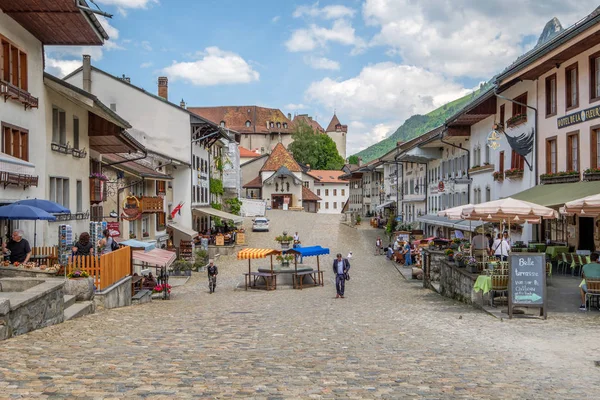
This hilltop medieval town in the Swiss Alps has maintained its 13th-century charm while continuing traditional cheese-making practices that gave Gruyère cheese its name. The cobblestone streets lead to a castle that overlooks the same pastoral landscape farmers have worked for centuries.
Local artisans still practice traditional crafts, and the village operates at a pace that feels wonderfully removed from the urgency of modern life.
Like Travel Pug’s content? Follow us on MSN.
Where Ancient Rhythms Still Beat

These mountain villages remind us that not everywhere needs to race toward the future at breakneck speed. They’ve found ways to honor their past while adapting just enough to survive, creating communities where traditional knowledge and customs remain living, breathing parts of daily life.
Each village offers visitors a chance to experience life at a more human pace, where community connections and time-tested traditions still matter more than convenience and efficiency. In our increasingly connected world, these timeless places serve as valuable reminders of what we might be losing in our rush toward progress.
More from Travel Pug

- 20 Best Beach Towns in the Carolinas
- 13 Destinations Where Tourists Regularly Regret Their Trip
- 20 Destinations That Are More Magical Without an Itinerary
- 20 Underrated Adventures That Belong on Your Travel List
- 20 Cities Where You Should Just Wing It, No Planning Required
Like Travel Pug’s content? Follow us on MSN.N.
